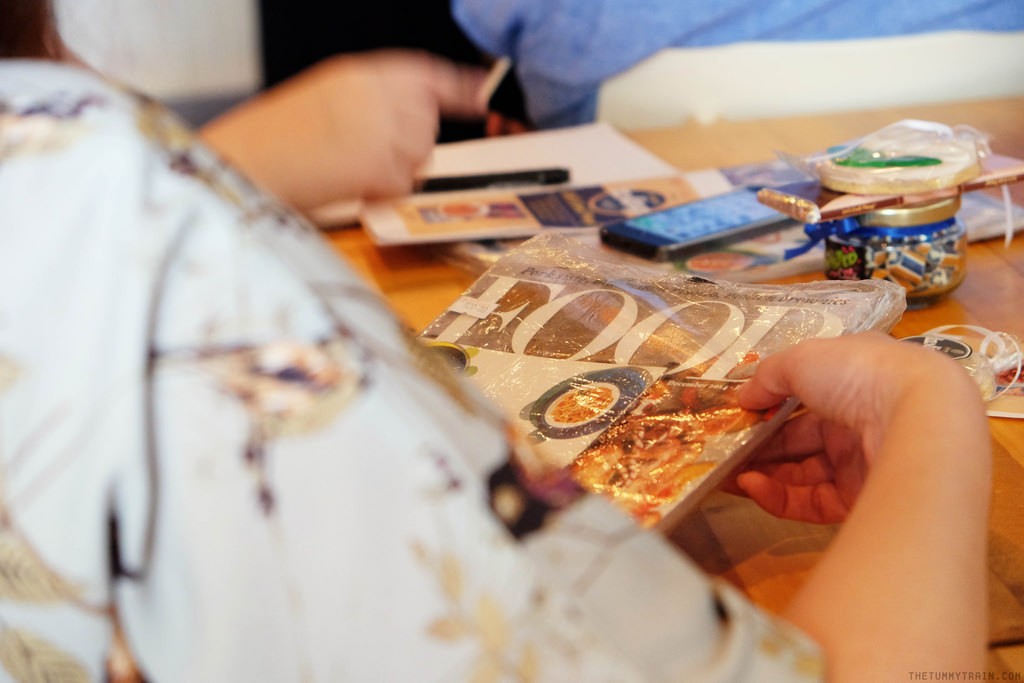 We are seeing it happen in a range of niches. Monocle has launched into retail; GQ now has a private social club; and publishers are realizing that your magazine alone is not your entire product.
We are seeing it happen in a range of niches. Monocle has launched into retail; GQ now has a private social club; and publishers are realizing that your magazine alone is not your entire product.
Magazine companies are now media magazine brands, pure and simple. At the same time, magazine title launches are far outpacing closures, and print magazines are seeing strong revenue recovery.
Is diversity the key to publishing success? Yes, according to Nikolay Malyarov in FIPP, who posits that it’s what happens between your issues that makes a huge difference to your bottom line.
“Magazines by virtue of their frequency (or lack thereof) in today’s 24/7 interconnected world have a much more difficult time keeping the attention of readers on their brands than daily newspapers,” Malyarov notes.
“Evergreen content can help extend the shelf life of magazine content, but it’s not enough to retain the interest of audiences enough to capitalise on the added attention,” he continues. “Which is why a number of the more innovative publishers have filled the limbo between issues with complementary products and services designed to engage their readers between page flips. These new business lines are not only strengthening the ties with audiences, they are forming new and, sometimes, lucrative revenue streams for the brand.”
It’s this kind of thinking that gives your magazine brand the “stickiness” you need to retain your audience and keep those fans awaiting your next issue. Things like events, social channel engagement, brick and mortar spaces, shoppable content, strategic alliances…all focused on your core competencies.
Sure, some magazines can go it alone based on the strength of their content and the loyalty of their fans. But for most, to truly grow in this new content environment you have to look at what goes on between the press runs as closely as you do what’s on the press.
If all they hear are crickets, they probably won’t stay around.
